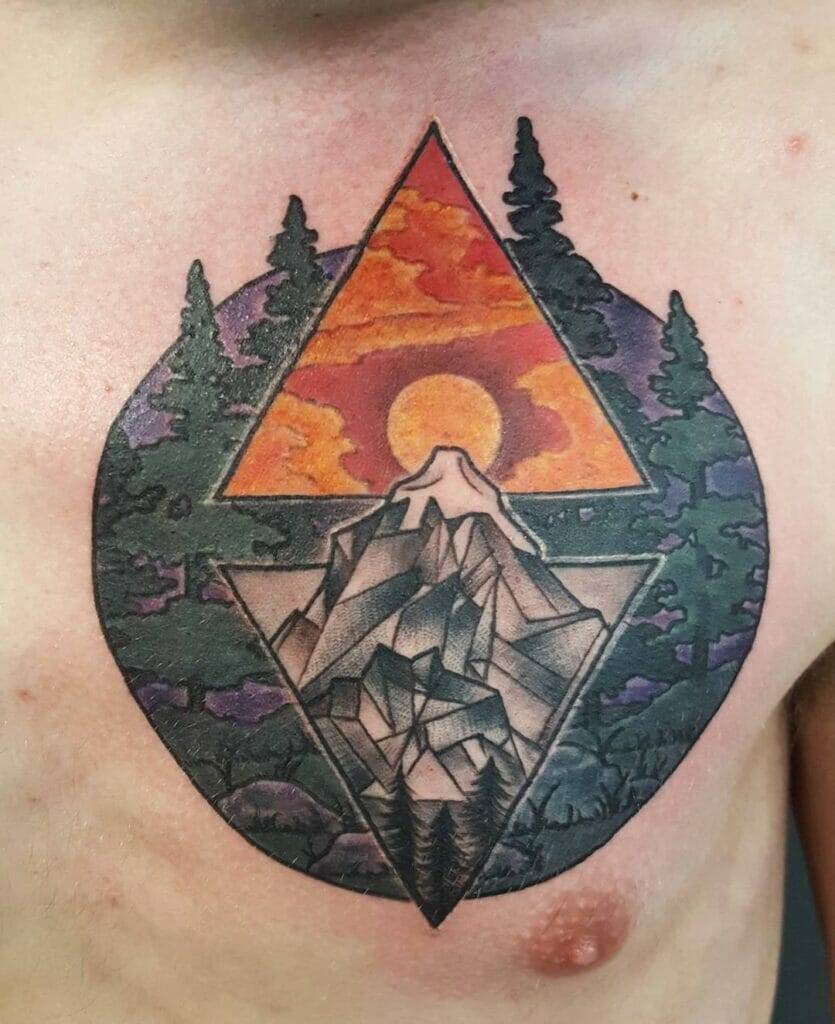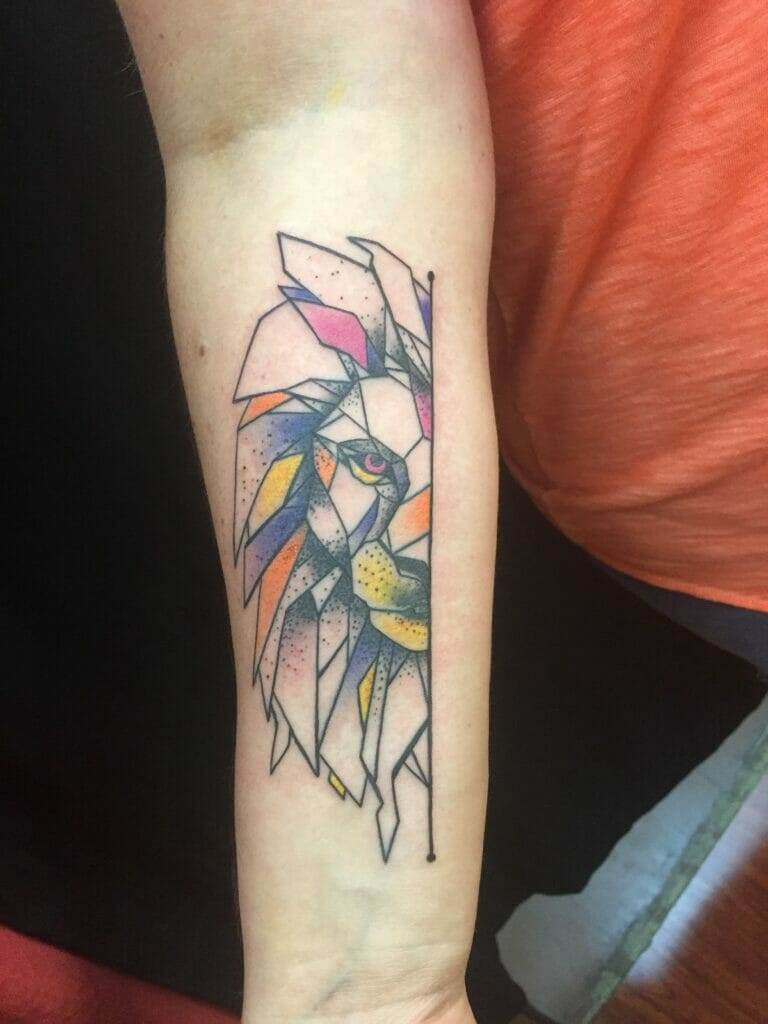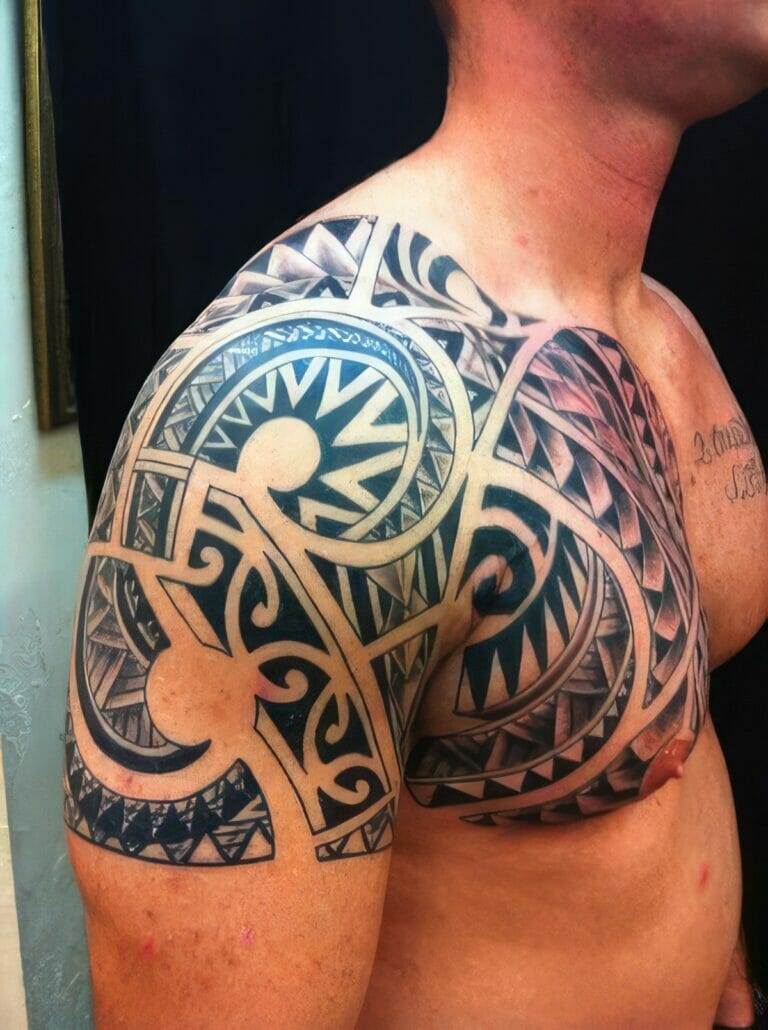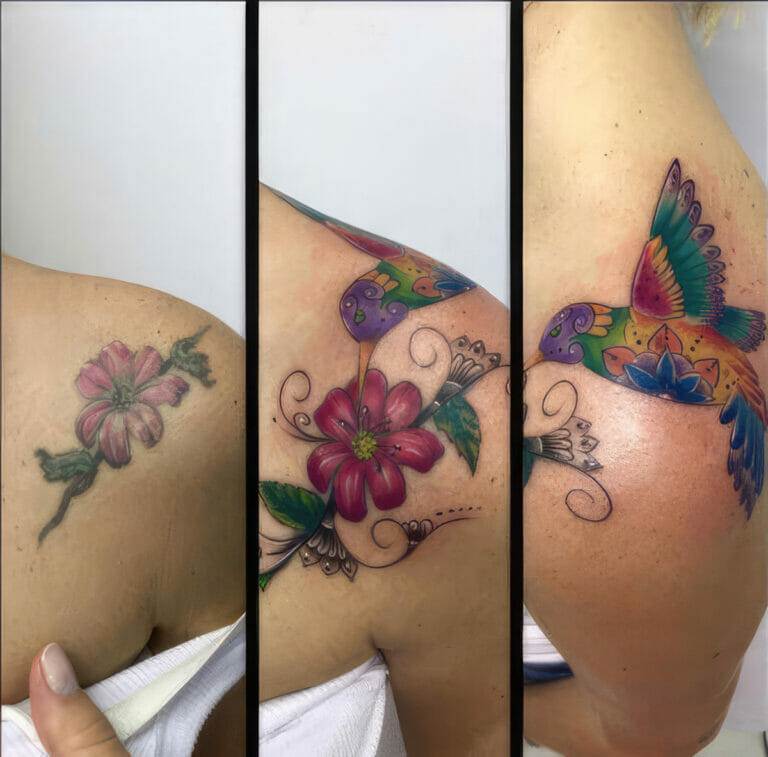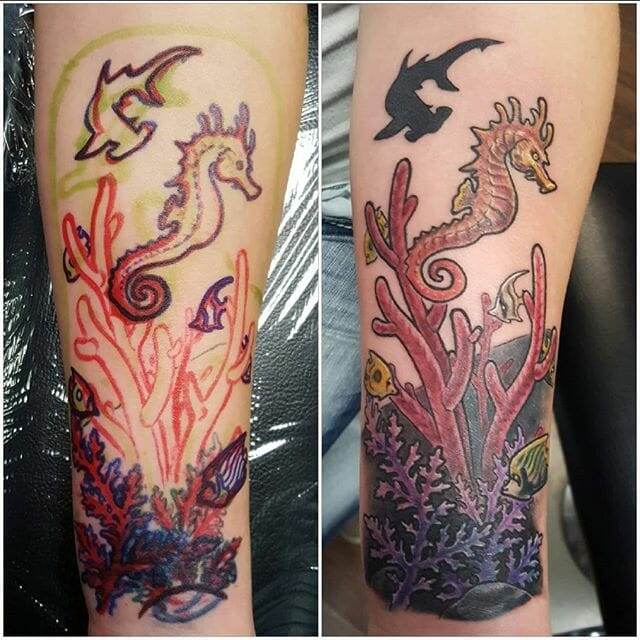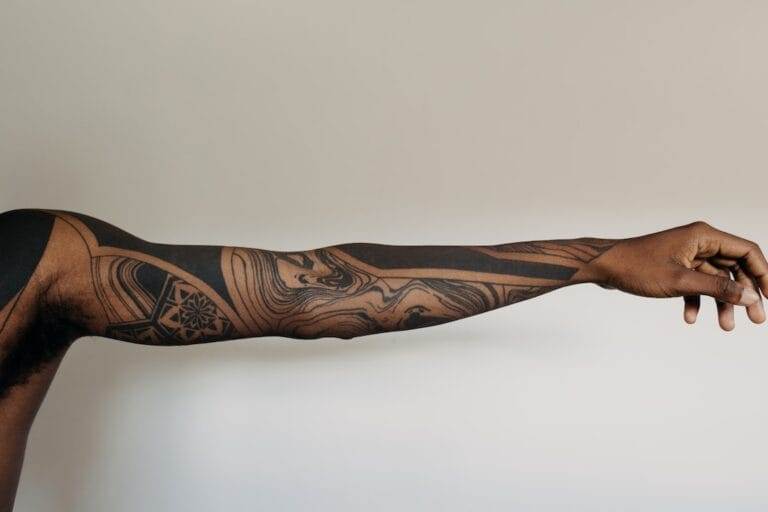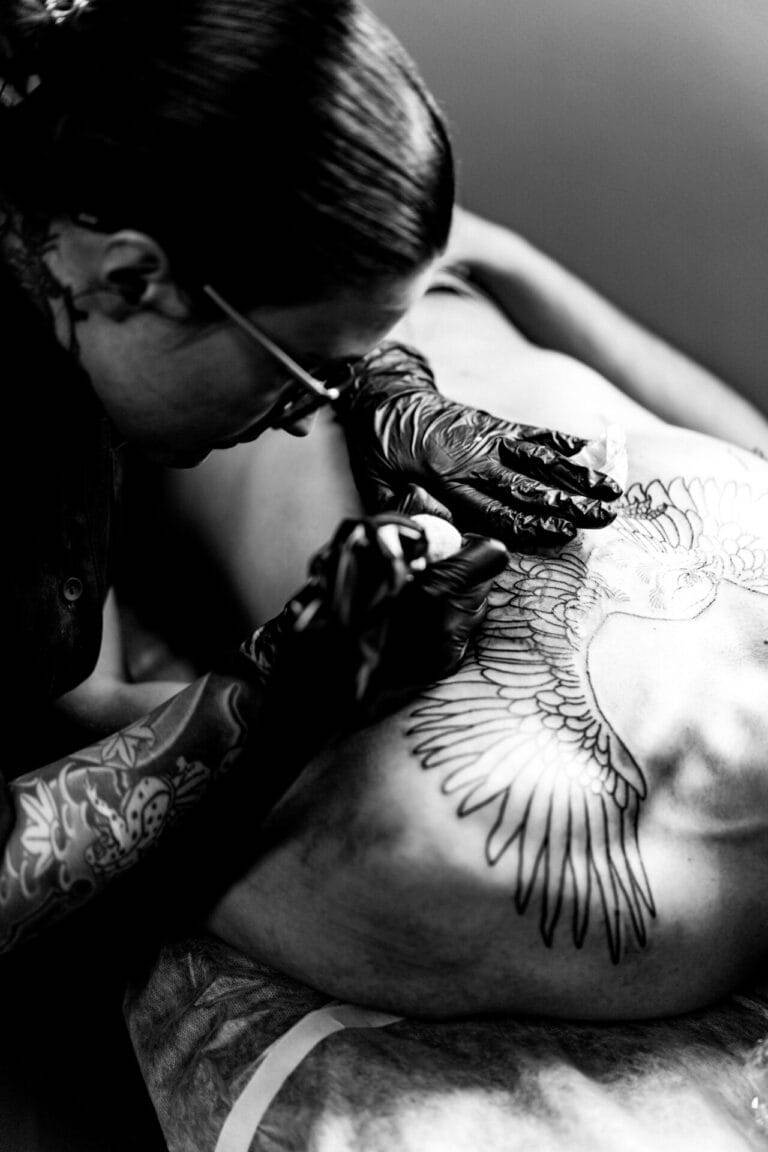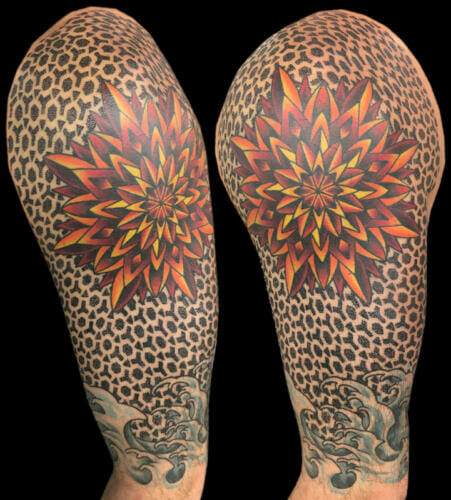
Watercolor tattoos have become increasingly popular in recent years, thanks to their unique qualities and stunning aesthetic. Unlike traditional tattoos, watercolor tattoos mimic the look of a watercolor painting, with vibrant colors and a lack of harsh outlines. This style of tattooing allows for a more artistic and painterly approach, resulting in a tattoo that looks like a work of art on the skin.
Watercolor tattoos offer a level of versatility that is unmatched by other tattoo styles. The soft and flowing nature of watercolor allows for endless possibilities when it comes to design and placement. Whether you prefer a small and delicate piece or a large and bold statement, watercolor tattoos can be customized to suit your individual style and personality.
The origins and evolution of watercolor tattooing
The origins of watercolor tattooing can be traced back to the early 20th century, when artists began experimenting with different techniques and styles. However, it wasn’t until the 1980s that watercolor tattoos started gaining popularity. Artists like Amanda Wachob and Ondrash were among the first to embrace this style and push the boundaries of what was possible with watercolor tattoos.
Over the years, watercolor tattooing has evolved and become more refined. Artists have developed new techniques and experimented with different color palettes to create truly unique and breathtaking designs. Today, there are countless talented artists around the world who specialize in watercolor tattoos, each bringing their own style and creativity to the table.
The unique characteristics of watercolor tattoos
One of the most distinct features of watercolor tattoos is their vibrant colors. Unlike traditional tattoos that often rely on bold black outlines, watercolor tattoos use a combination of translucent colors to create depth and dimension. This gives them a more ethereal and dreamlike quality that is truly captivating.
Another characteristic that sets watercolor tattoos apart is their lack of outlines. Instead of using black ink to define the shapes and contours of the design, watercolor tattoos rely on the colors themselves to create definition. This creates a softer and more organic look, as if the tattoo is seamlessly blending into the skin.
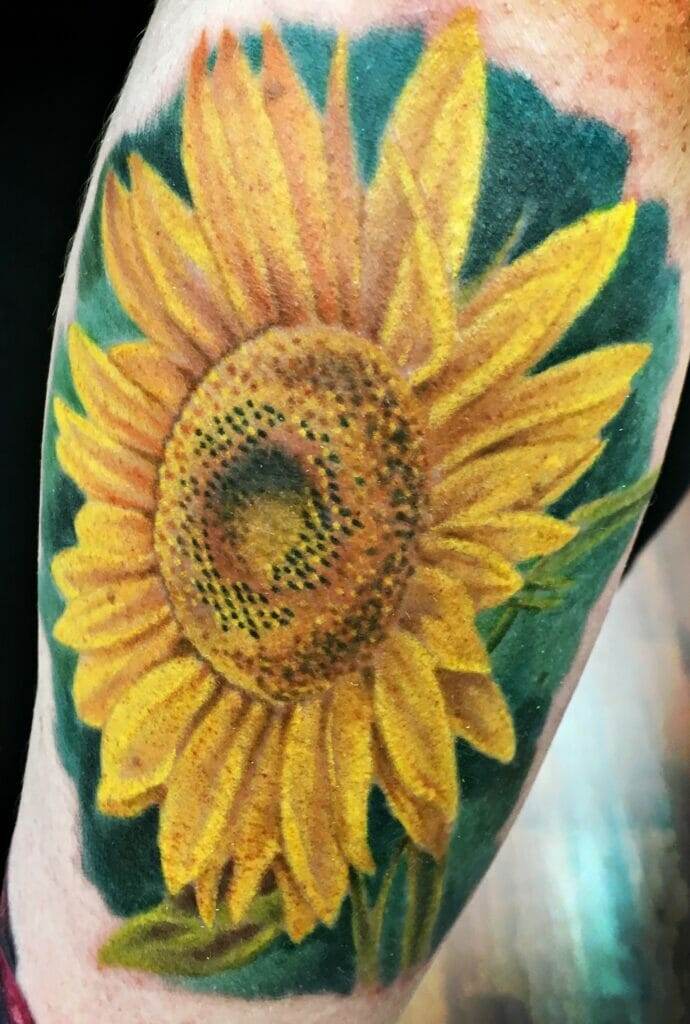
The tattooing process: what to expect
The process of getting a watercolor tattoo is similar to that of getting any other type of tattoo. It begins with an initial consultation, where you’ll discuss your design ideas with the artist and determine the size and placement of the tattoo. Once you’ve agreed on a design, the artist will create a stencil or freehand sketch on your skin to serve as a guide during the tattooing process.
During the actual tattooing process, the artist will use a combination of different colors and techniques to create the desired effect. They may layer colors on top of each other or use a technique called “blending” to create smooth transitions between colors. The process can take several hours, depending on the size and complexity of the design.
Watercolor tattoo aftercare: tips and tricks
Proper aftercare is essential to ensure that your watercolor tattoo heals properly and retains its vibrant colors. After getting your tattoo, your artist will provide you with specific instructions on how to care for it. This may include washing the tattoo gently with mild soap and water, applying a thin layer of ointment or moisturizer, and avoiding direct sunlight and swimming for a certain period of time.
It’s important to keep in mind that watercolor tattoos tend to fade faster than traditional tattoos, so it’s crucial to take extra care of them. Avoid exposing your tattoo to excessive sunlight, as this can cause the colors to fade more quickly. Regularly moisturize your tattoo to keep the skin hydrated and prevent it from drying out.
The symbolism and meanings behind watercolor tattoos
Watercolor tattoos can hold a variety of meanings and symbolism, depending on the design and personal interpretation. For example, a watercolor lotus flower tattoo may symbolize purity and enlightenment, while a watercolor bird tattoo may represent freedom and the ability to soar above life’s challenges.
The beauty of watercolor tattoos is that they allow for a more abstract and open-ended interpretation. The soft and flowing nature of the colors can evoke different emotions and feelings, depending on the individual. Ultimately, the meaning behind a watercolor tattoo is personal and unique to each person who wears it.
Watercolor tattoos for different body parts: ideas and inspiration
Watercolor tattoos can be placed on virtually any part of the body, allowing for endless possibilities when it comes to design and placement. For a small and delicate watercolor tattoo, consider placing it on the wrist, ankle, or behind the ear. These areas are perfect for showcasing intricate details and subtle color gradients.
If you’re looking for a larger statement piece, consider getting a watercolor tattoo on your back, thigh, or arm. These areas provide more space for the artist to work with and allow for a more expansive and detailed design. Whether you prefer a full sleeve or a large back piece, watercolor tattoos can be customized to suit your individual style and preferences.
Watercolor tattoos for different personalities and styles
One of the great things about watercolor tattoos is that they can be customized to fit different personalities and styles. Whether you’re a free-spirited bohemian or a minimalist at heart, there’s a watercolor tattoo design out there that will resonate with you.
For those who prefer a more whimsical and dreamlike aesthetic, consider getting a watercolor tattoo of a fantasy creature like a mermaid or unicorn. These designs often incorporate vibrant colors and flowing lines, creating a sense of magic and enchantment.
If you’re more drawn to minimalist designs, opt for a small and delicate watercolor tattoo. Simple shapes like hearts, arrows, or feathers can be transformed into stunning watercolor tattoos that are both subtle and beautiful.
The future of watercolor tattooing: trends and innovations
As with any art form, watercolor tattooing is constantly evolving and pushing the boundaries of what is possible. In recent years, we’ve seen an increase in the use of neon colors in watercolor tattoos, as well as the incorporation of abstract shapes and patterns.
In terms of technique, artists are experimenting with different ways to create texture and depth in watercolor tattoos. Some artists are using techniques like stippling or cross-hatching to add dimension to their designs, while others are incorporating elements of realism into their watercolor tattoos.
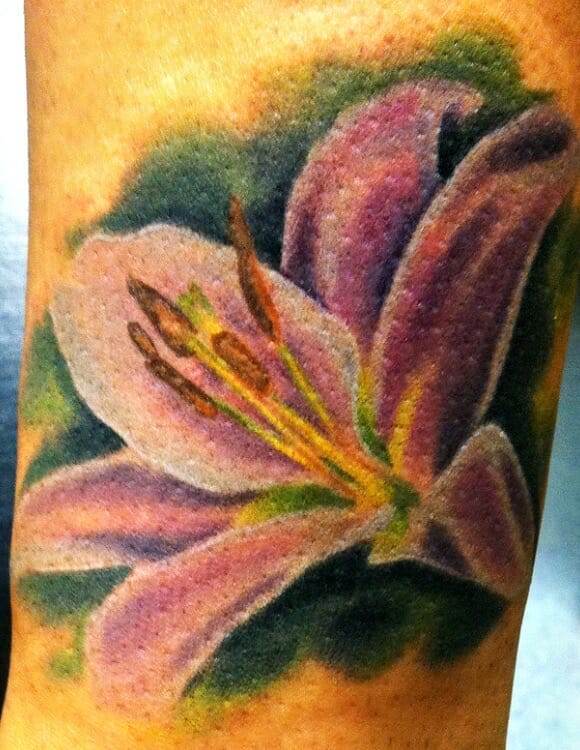
Embrace the vivid and dynamic world of watercolor tattoos
Watercolor tattoos offer a unique and artistic approach to body art, allowing for endless possibilities when it comes to design and placement. Whether you’re drawn to the vibrant colors or the lack of harsh outlines, watercolor tattoos are a stunning and captivating choice.
When considering a watercolor tattoo, take the time to find a skilled artist who specializes in this style and has a portfolio that aligns with your vision. Remember to properly care for your tattoo after it’s been completed to ensure that it heals properly and retains its vibrant colors.
Embrace the vivid and dynamic world of watercolor tattoos and let your body become a canvas for art. Whether you choose a small and delicate design or a large and bold statement piece, watercolor tattoos are sure to make a lasting impression.

